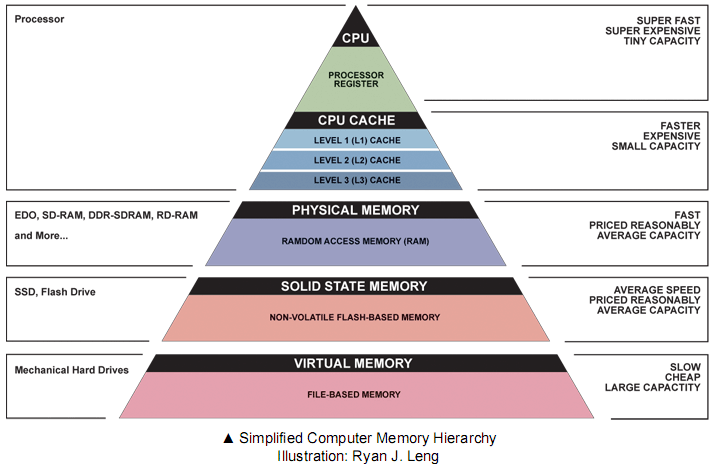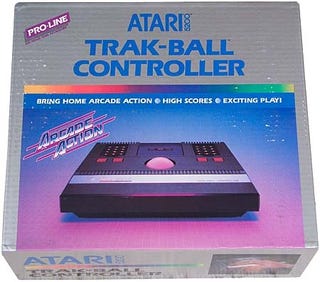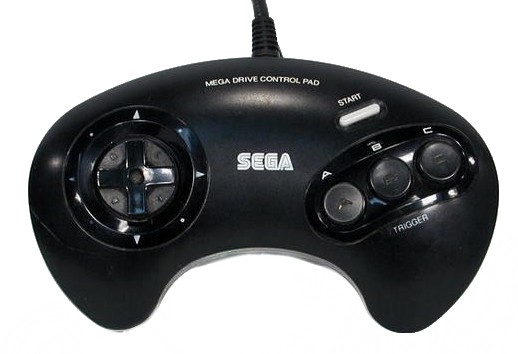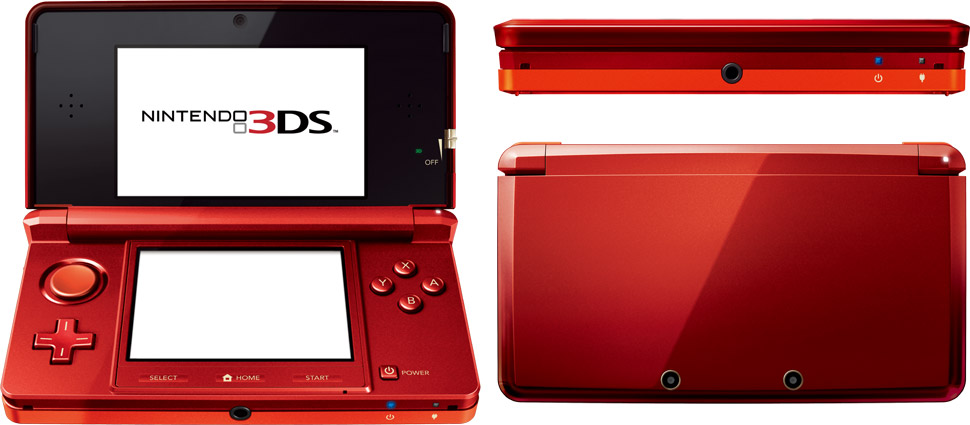Hey!
So when we all play our favourite games, we all want to be
able to save our progress and continue next time we play the game. Well there
are some different types of how we save are games with different options of
storage used.
One of the forms of storage is a DVD which is also known as
a Digital Versatile Disc, but usually everyone including myself just calls it a
DVD. DVD’s are usually used to hold feature films and most modern games we all
know, love and play. A single DVD can storage just over 4 GB of data, GB being
short for Gigabytes, and manufacturers have increased the capacity for the DVDs
due to the games being more complex meaning the games need more space on a DVD
to hold it, if not, the game would have to be split between discs, like an
install disc and a play disc like some games such as Halo 4 for the Xbox 360.
How they increase the capacity you may ask? Well the use double layered DVD’s
which can usually hold a capacity total of 8GB. A specific laser is always used
on consoles which require DVD’s to play game in today’s time, can you think of
a console that still has games being produced for it without a disc drive? I
can’t. The laser in the console reads the data from the DVD and does what it
needs to do with it in order to play the game. DVD’s may sound all good but
they scratch really easily and can be snapped or broken with ease, not being
able to be fixed again.
UMD is another form of storage used within the games
industry, it stands for Universal Media Disc and was create by Sony, the owners
of PlayStation and was therefore only used on its PSP platforms. It can hold
just under 2GB of data, which could include the usually media such as music,
film and video games itself. UMD is not usually used in today’s platforms since
the PSP due to the increased use of downloadable games from Sony’s own store,
the PlayStation Store.
And one of the other forms of storage is Flash Storage,
which we all must of heard of, but quite possibly not know what it meant. It’s
most common within the handheld platforms, such as the 3DS, DS and PS Vita. It
uses an internal flash memory system to have the video games save data stored
too it, it saves the progress of the player. However because the flash memory
tends to be usually quite small, some games don’t allow for the save files to
be saved to it due to the save files themselves being too big. An example of
this being some of the Uncharted Games on PS Vita and the Assassins Creed
Liberations game.
One of the most annoying things games developers and
publishers have to deal with in the world is Piracy, it’s illegal and it loses
the companies money for all the work they put into the game, and no one pays
back for it. Imagine your best piece of work, and you go to sell it, and
someone gets it for free without your consent of it being free, you would feel
all down. This is that but on a much larger scale, companies loose thousands of
pounds to piracy each year and some games implement their own anti-piracy code
into the games to help fight back against it. One example of an antipiracy doe
would be Mirrors Edge created by EA. In this game it’s all about free running
and parkour, and jumping around, well if you pirate it, the anti-piracy code
kicks in and makes you run a lot slower only before key jumps meaning they stop
the experience of the game and want you to buy it to fully feel the experience
of the game, and give the workers and developers of the game the credit and
reward they deserve.
Thats it I'm afraid drawing these topics to a close, I hope you have found them all to be interesting and you have learnt a thing or two from it all!
Until next time
Fairwinds internet travellers!
Kristine






































